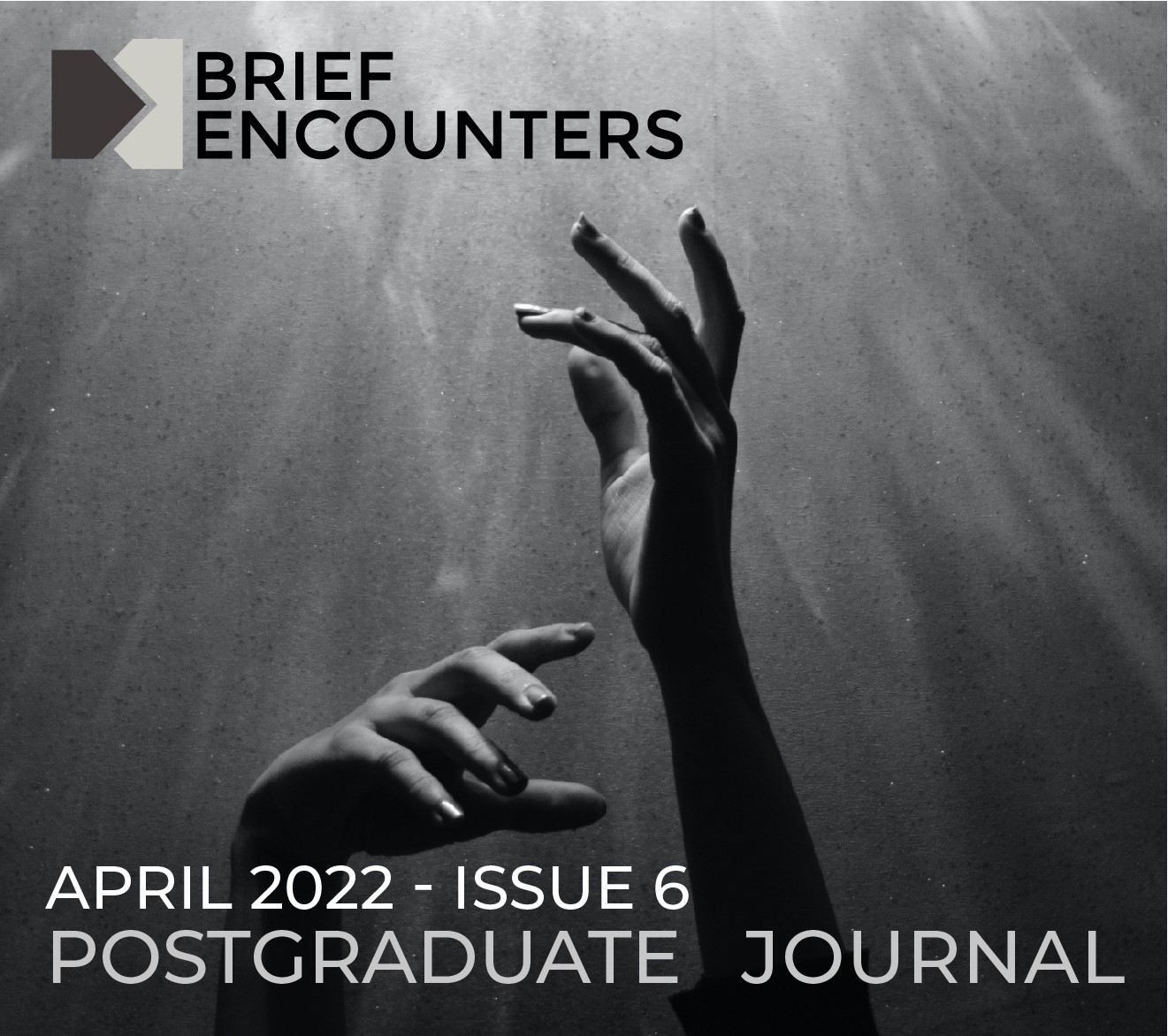Abstract
Historians of English witchcraft have long recognised that early modern pamphlets provide a rare window into otherwise inaccessible aspects of historical witchcraft cases. Although the factuality of these texts is often difficult to corroborate, they include information and texture beyond that which we can access through surviving procedural trial documentation. The ‘affective turn’ has directed our attention toward the variability and historical significance of emotions and texts such as these pamphlets, which hold tantalising imprints of contemporary feelings. The Witches of Warboys is one such pamphlet, albeit one that has – for a variety of reasons – gone underexamined. In this paper, I present examples from the Warboys case in 1593 in support of two recent propositions about the relationship between witchcraft and emotion. Namely, a witch’s familiars were used as a vector to express intense or suppressed emotions, and people formed fantastical surrogate relationships with these entities. Whereas other studies have tended to concentrate on accused witches themselves, a close reading of the Warboys case reveals it was specifically the bewitched in this instance who formed ambiguous relationships with familiars and projected their emotions through these strange entities.
How to Cite:
Joyce, O., (2022) “Feeling with Demons: Emotional Displacement and Surrogate Relationships in The Witches of Warboys”, Brief Encounters 1(6). doi: https://doi.org/10.24134/be.v6i1.295
Downloads:
Download PDF
View
PDF

